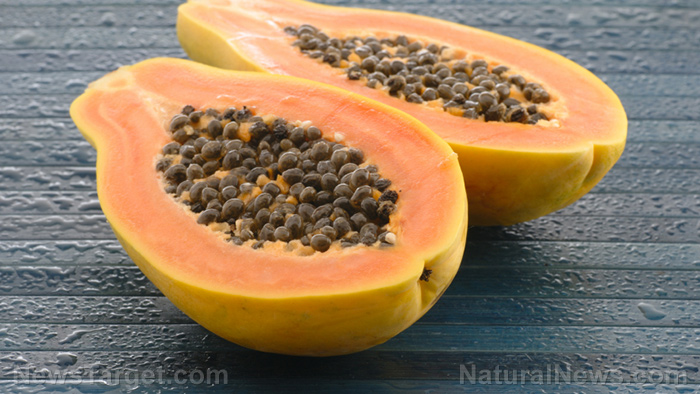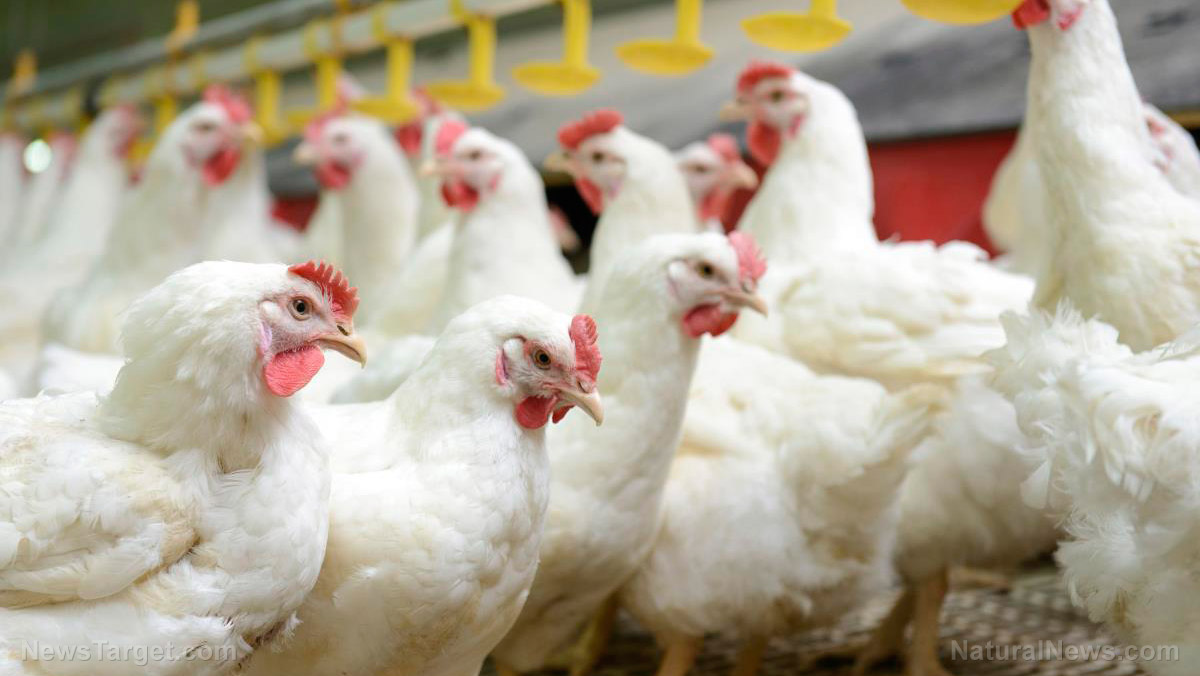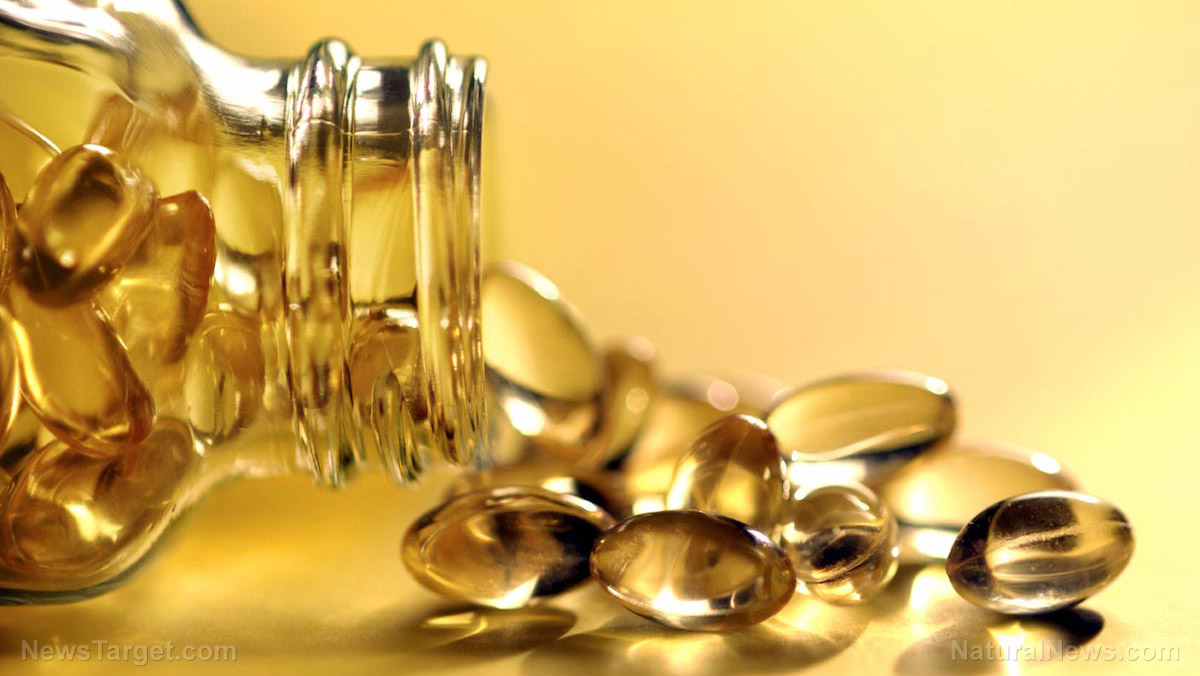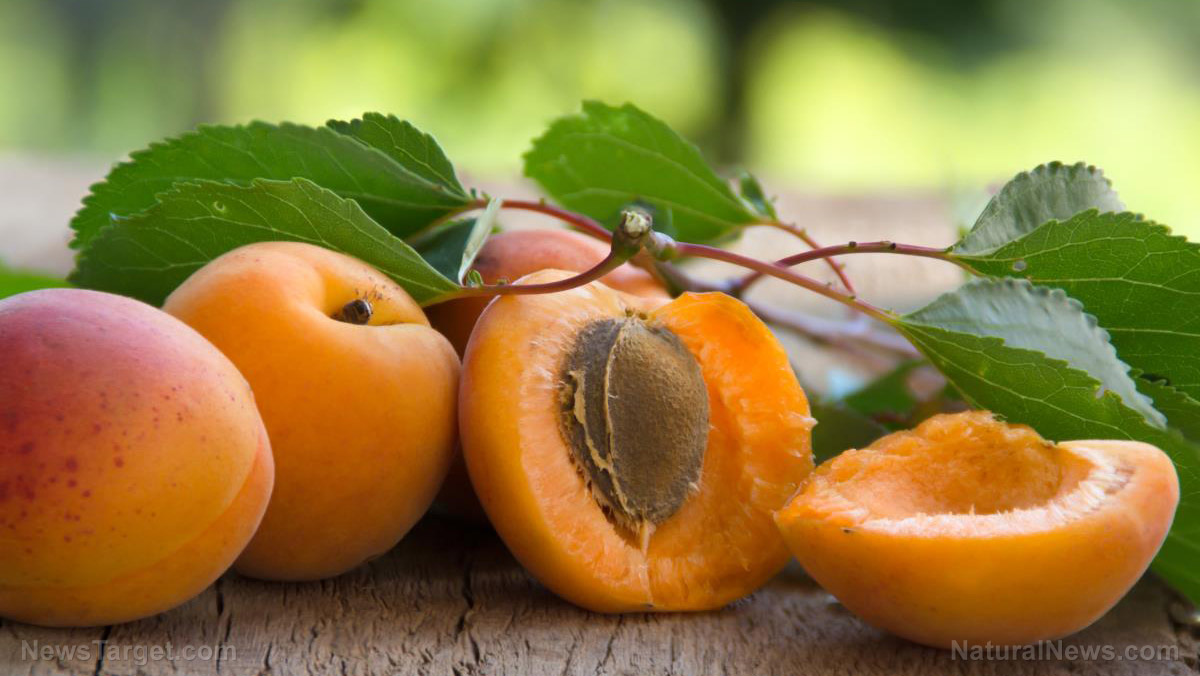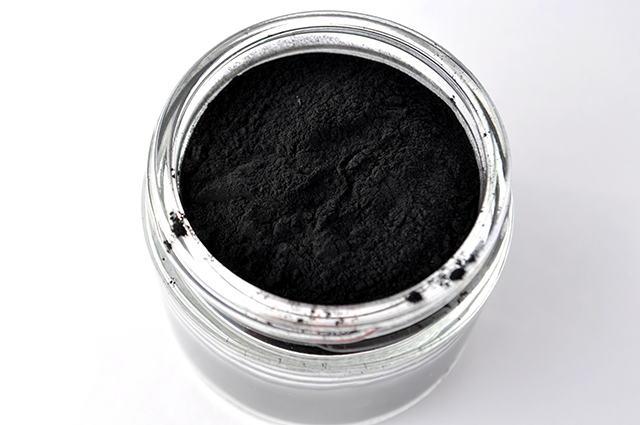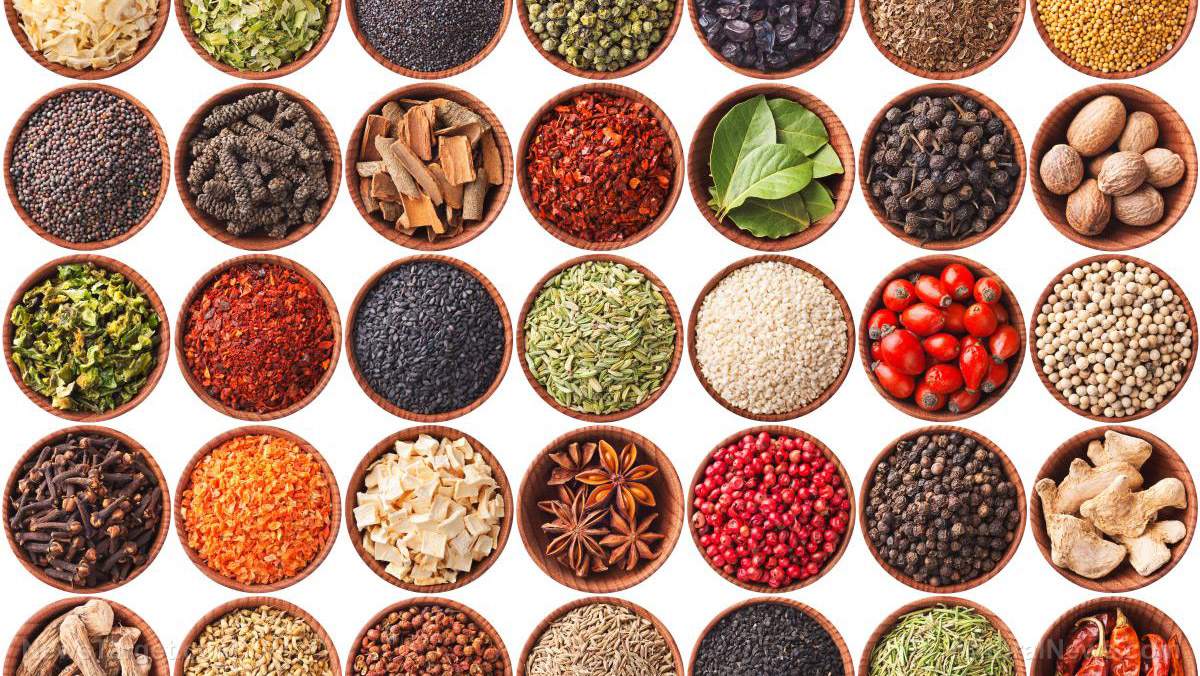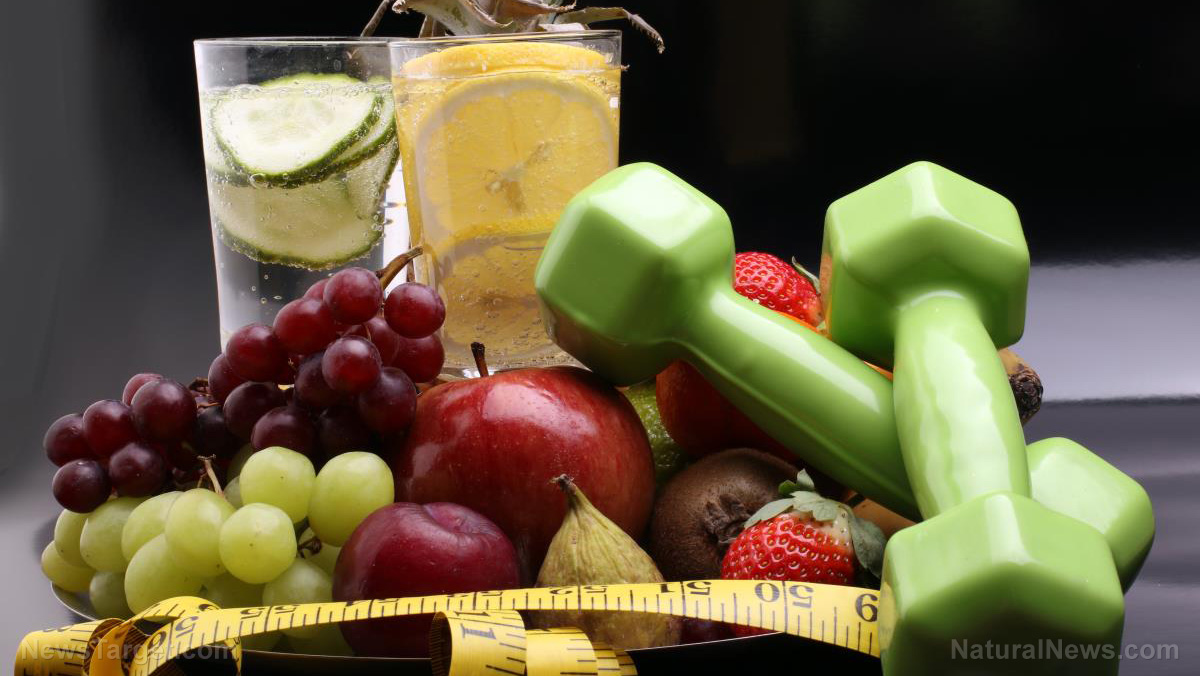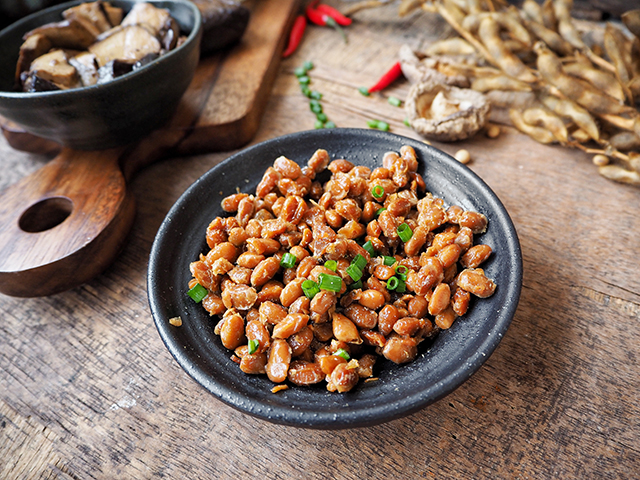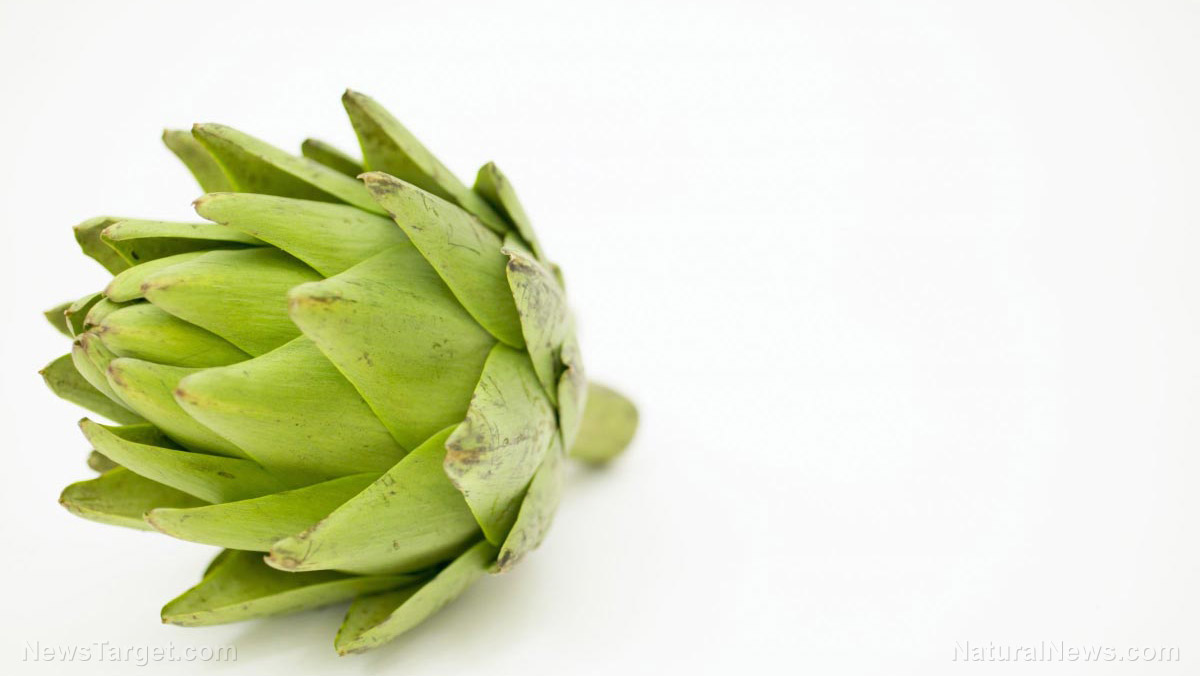The mental side of eating: Taking the time to sit, relax, appreciate is important to digestion; eating on the run won’t fill you up, even if it’s the same amount of calories
11/09/2017 / By Zoey Sky
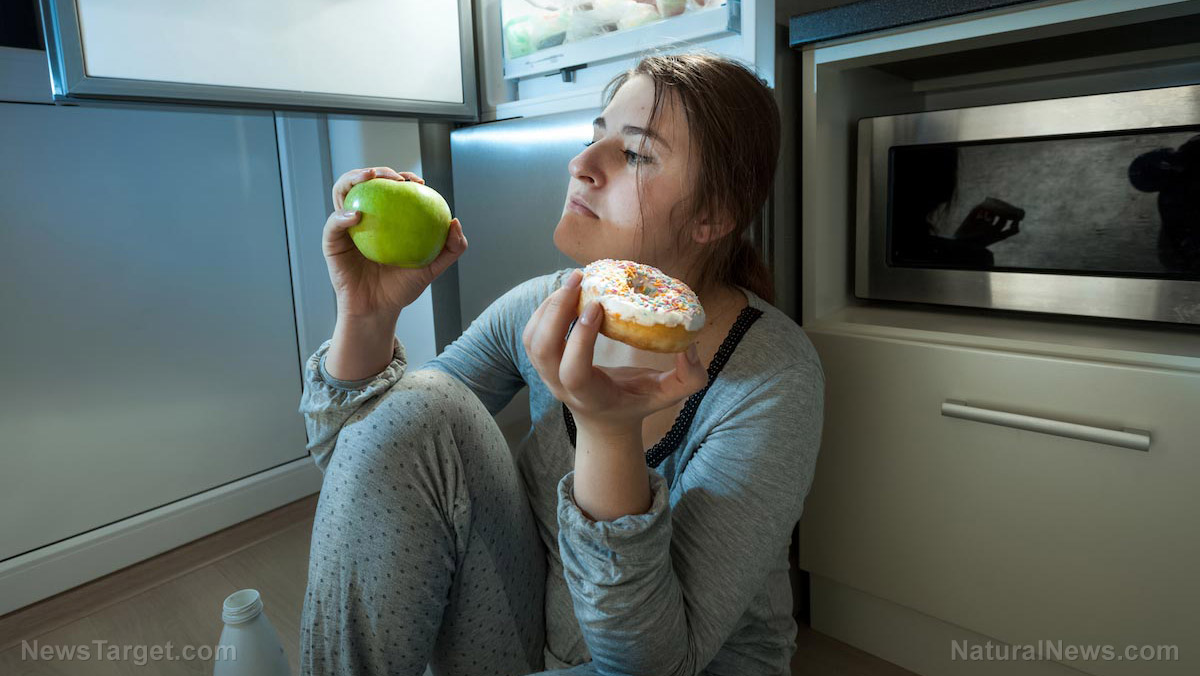
If you love eating a snack while you’re on the go, here’s some bad news. According to experts from the University of Surrey, snacking on the go doesn’t make you feel as full as eating a meal while sitting down, even though both meals have the same amount of calories.
Snacks don’t make you feel full the same way sitting down and eating a meal at a table will, even when you’re eating the same thing. When people consider what they’re eating as a “snack” — even if that treat has the same calories as a full meal — there’s a 50 percent chance that they might eat again.
People are wired to “tick off” three full meals daily, says experts at the University of Surrey. When they sit down to eat one of those meals, they don’t feel the need to eat again for a few hours. However, when people have a snack and eat it standing up, the food won’t be considered a meal. Later in the day, they might want to eat again.
Professor Jane Ogden, the study leader and a health psychologist at Surrey, thinks that the food industry is contributing to the obesity crisis by selling food as “snacks” in a bid to cash-in on the active lifestyle of British consumers. Ogden’s team, whose work is published in the Appetite medical journal, tested their theory on 80 female participants.
The women all received a container of Tesco pasta, and they could eat it with either cheese and tomato or tuna and sweetcorn. Participants were told that it was either a “snack” or a “meal.” The food was also served in two ways: either presented in a plastic container and the women were told to eat it standing up with a plastic spoon, or offered on a ceramic plate to be eaten at a table with metal cutlery.
After consuming the food, each participant was taken to a second room where they were asked to take part in a “taste test” of various unhealthy snacks such as “chocolate biscuits, hula hoops, M&Ms and mini cheddars.” The scientists discovered that the women who ate their “snack” while standing up ate more food at the “taste test,” unlike the other participants who ate their “meal” at a table. Both groups initially ate the same food with the same calorie content. (Related: 5 Snack Habits for Healthy Weight Loss.)
The female “snackers” then consumed 50 percent more total calories than those who ate their meals while sitting down, who didn’t even eat a single M&M. The snackers also ate 100 percent more chocolate than the other participants.
Ogden advised, “It is to do with registering that you have eating. Knowing that you have eaten is a psychological process – you tick off the fact you have had a meal… If you just have a snack you do not register it in the same way.”
The professor continued, “With our lives getting busier increasing numbers of people are eating on the go and consuming foods that are labelled as ‘snacks’ to sustain them. The food industry is aware we are eating more on the go and they are labelling food as snacks – it is exacerbating the problem of weight gain.”
Ogden also cautioned that people should call meals as such so that they would know what they eating instead of calling it a “snack,” which can lead to overeating.
Experts are growing worried about the increase in obesity in Britain. At least 67 percent of British adult men and 57 percent of adult women are overweight, and this is significantly above the global average. Further evidence also suggests that because family meals are not being eaten at a dinner table as often, coupled with a “boom in sandwich chains and fast food restaurants,” a greater number of Britain’s population are snacking on the go.
10 healthy snacks that promote weight loss
We’re all guilty of snacking, especially if we’re in a rush to get to work on time. But this doesn’t mean that you have to snack on fast food. Check out these 10 healthy snacks that can help you lose weight:
- Almonds — Chewed thoroughly (at least 40 times), almonds can make you feel full longer.
- Chocolate — Reward yourself with a treat daily, but only if you followed your diet plan.
- Chickpeas — This legume has lots of fiber and some protein, making it a healthy snack.
- Dried fruit — If you want a healthier alternative to salty snacks served in-flight, prepare a quarter-cup of dried fruit (like apricots), some almonds, and whole-wheat crackers.
- Grapes — Since grapes are eaten individually, they make you feel full for only a handful of calories.
- Grapefruit — Researchers say that grapefruit can “help manage appetite by lowering insulin levels.”
- Hummus — Pair some hummus with a handful of pretzels for a healthy snack.
- Popcorn — High in fiber, popcorn is also low in fat and has protein.
- Yogurt – Instead of candy, snack on some yogurt instead.
- Oatmeal – For a midnight snack, have some oatmeal, which has carbohydrates and some protein.
You can learn more about how to eat healthier at Slender.news.
Sources include:

